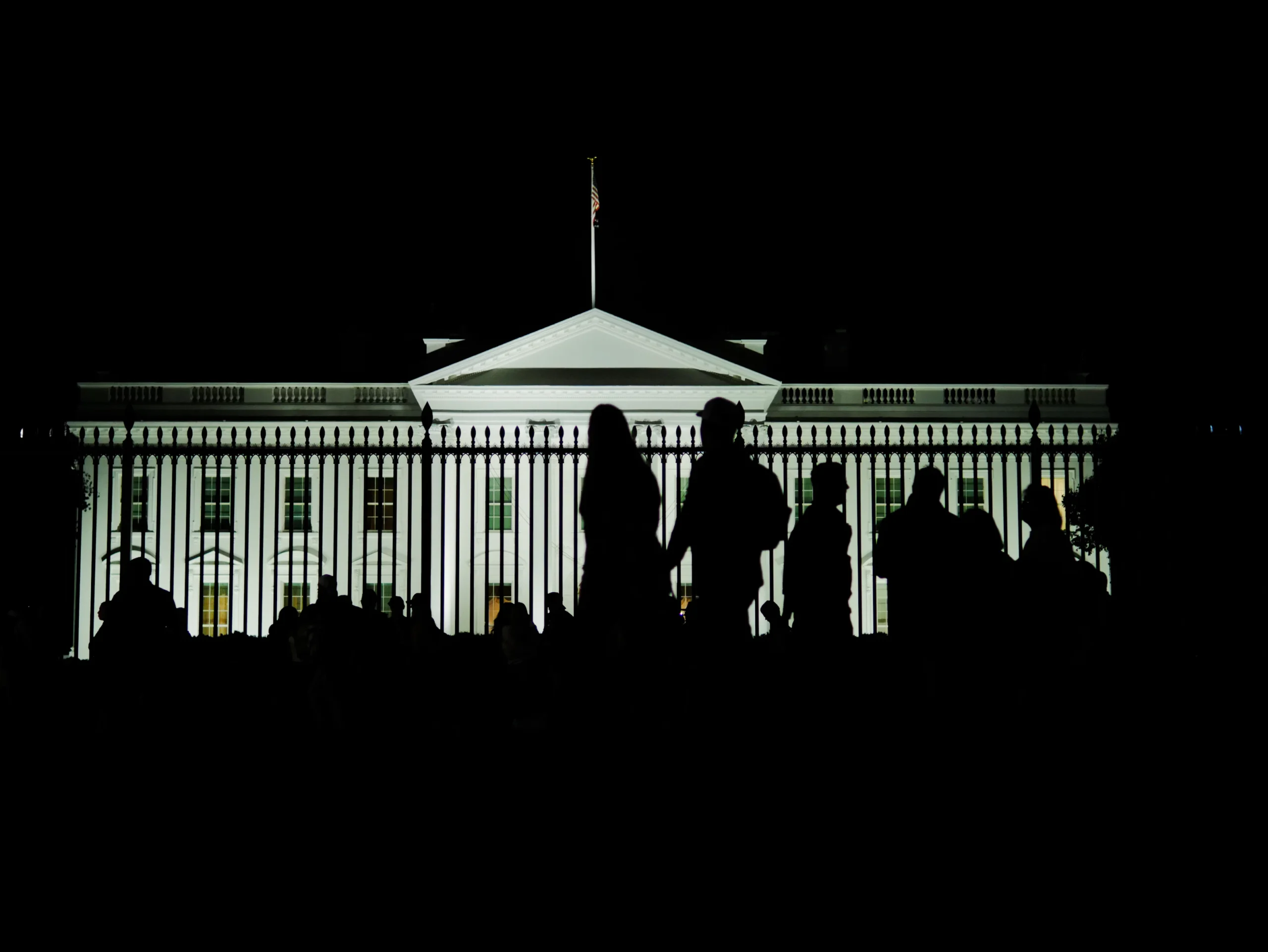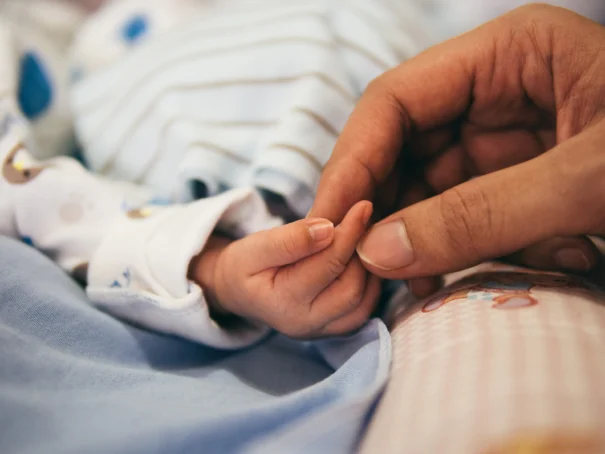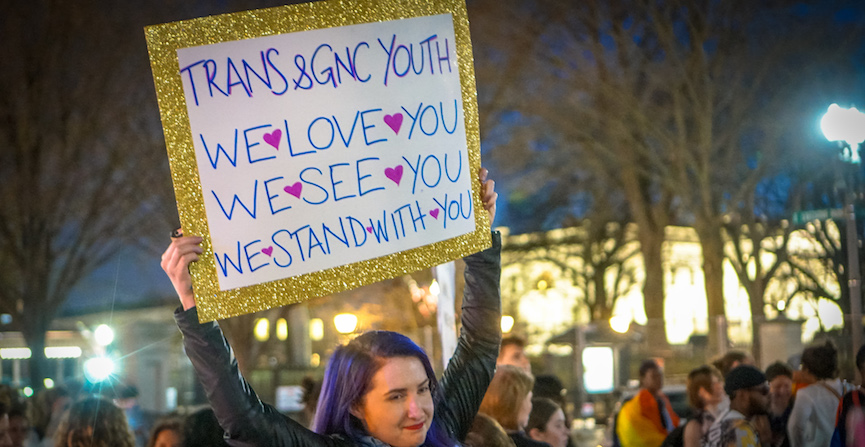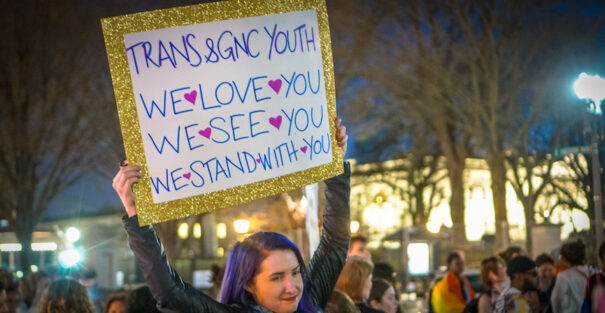
Photo by Jonathan Ardila
Project 2025. What exactly is it? The 920 page document was written by The Heritage Foundation– a conservative think tank that has outlined their goals for the transition period if Donald Trump were to be elected President in November. Heritage Foundation President Kevin D. Roberts has made it clear that the focus of the plan is the dismantling of women’s rights, civil rights, and LGBTQ rights: “The next conservative President must make the institutions of American civil society hard targets for woke culture warriors.”
A simple search of the key words we use at FMF everyday leads to the alarming reality that Project 2025 calls for the deletion of “the terms… gender, gender equality, gender equity, gender awareness, gender-sensitive, abortion, reproductive health, reproductive rights, and any other term used to deprive Americans of their First Amendment rights out of every federal rule, agency regulation, contract, grant, regulation, and piece of legislation that exists.”
LGBTQ Rights
The foundation of the project centers around the “restoration of the family as the centerpiece of American life” and emphasizes the need to “protect our children.” In the opinion of the Heritage Foundation, the best way to protect vulnerable children is to rid them of any personal expression or identity, by describing the rainbow flag as a “divisive symbol” that is being imposed upon the children of America.
Reproductive Rights
Unsurprisingly, they also recommend an anti-abortion approach that would force children who are survivors of rape to see through their pregnancies and accept the “heroism” of becoming a mother, even if it could kill the child forced to carry out the pregnancy. They advocate for a national abortion ban and an abortion medication ban. The document also describes severe restrictions on IVF access, as well as access to all forms of contraception, in order to decrease recreational sex. The backward nature of the outrageous arguments made within the policy proposal make them hard to accept as a possible reality, reminiscent of The Handmaid’s Tale.
Education and Career Opportunities
Project 2025 threatens to completely reduce the educational and career prospects of young women by promoting policies that reinforce traditional gender roles. The plan lays out the creation of a “parents’ bill of rights” to allow parents to opt their children out of learning topics that go against their religious views and also bans education on race, gender, and slavery. The project advocates for a return to a more conservative educational curriculum, potentially reducing emphasis on STEM (Science, Technology, Engineering, and Mathematics) subjects, where women are already underrepresented. By prioritizing vocational training and traditional family roles over higher education and professional development, Project 2025 risks creating a generation of young women with limited opportunities and diminished aspirations, hindering their ability to achieve economic independence and career success.
Project 2025 presents a stark vision for America’s future, one that threatens to roll back decades of progress in women’s rights, civil rights, and LGBTQ rights. As we look ahead, it is imperative to recognize the dangerous implications of Project 2025 and to advocate for policies that uphold equality, protect individual rights, and foster an inclusive society. The future of our nation depends on resisting efforts that seek to turn back the clock on hard-won rights and freedoms.















